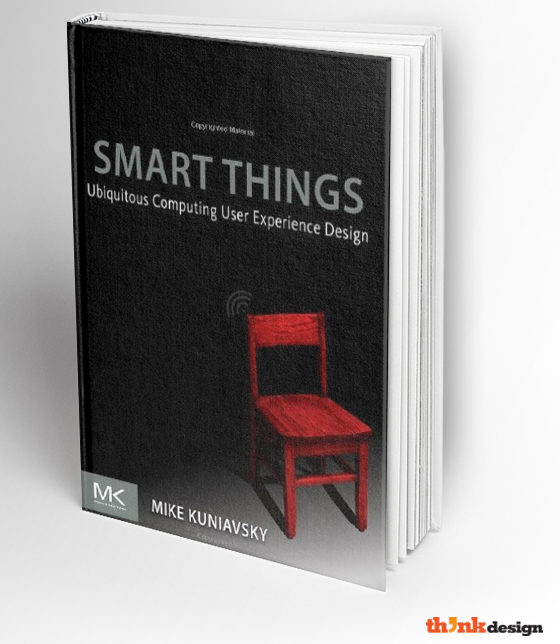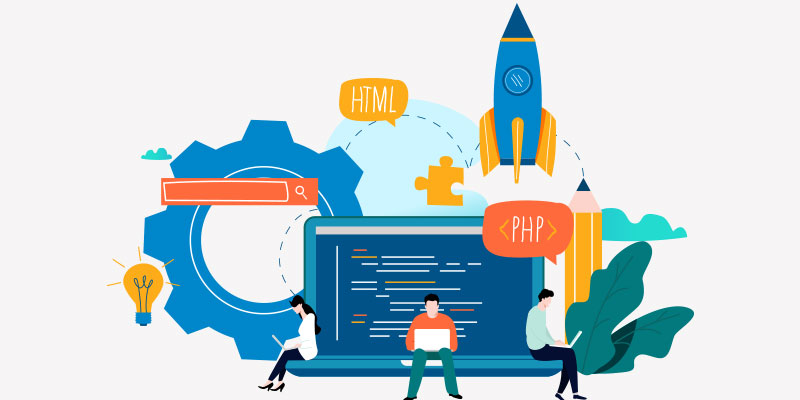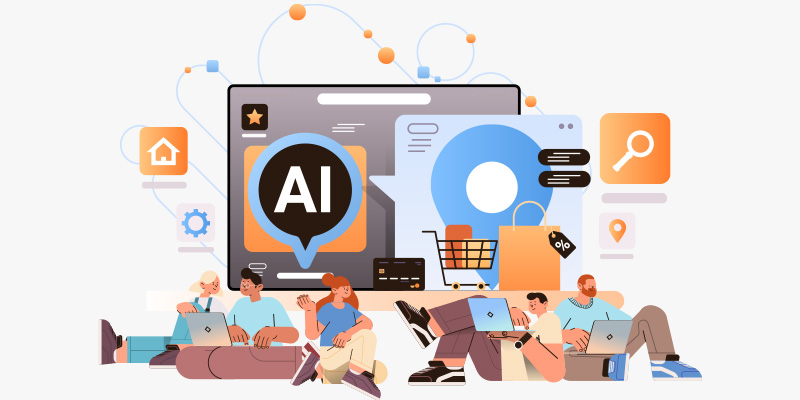Humanizing Web Designs for Small Businesses: Harnessing the Power of User Experience Design

In this technologically advanced and online interactive world, web design is considered an epicenter of user engagement and business conversions. Websites are critically important because they have become a bridge between clients and business owners. The design of website interaction needs to be strong so that clients and business owners can communicate effectively.
In order to make website interaction effective, small businesses need to harness the power of user experience design. User experience design refers to, ‘the process of enhancing user satisfaction by improving the usability, accessibility, and pleasure provided in the interaction between the user and the product’.

Mike Kuniavsky, in his book Smart Things: Ubiquitous Computing User Experience Design talks about the aspects of user experience design, which includes the following:
- First aspect is ‘surface’ that works on bringing everything together, visually. Thus, the appearance of the finished product depends on it.
- Second is ‘skeleton’, which refers to the list of all the important elements and content to be included in website.
- The third aspect of ‘structure’, is based on making the skeleton perform in a way that all elements behave effectively and are synchronized.
- Fourth aspect is of understanding the ‘scope’. It aims to evaluate the features that need to be made part of the website.
- And the most important aspect is ‘strategy’. This refers to the complete analysis of users’ requirements and website’s effectiveness.
If you successfully nail on all the aspects of user experience design in your website, then you can be sure of the maximum conversions. However, in order to nail on the strategy of UX design, it is important to personalize it according to the users. You can personalize your brand, product or website with the help of humanistic paradigms, discussed in the article.
1. Role of Emotions
Emotions make your website more persuasive and emotionally intelligent. It is evident that humans are guided by emotions. Business owners can make the most of it by creating a compelling web design. All you need to do is understand your target audience with the help of psychographics. Remember that your users share a lifestyle that is precisely guarded by the moments. Understand the value of those moments and link your product website to the core memories of your users. There is no way then that your audience will resist clicking on your website’s call-to-actions.
2. Gender and UX Design
No matter how hard we deny the existence of gender propaganda in the society, you will still find this biasness rooted in the minds of people. It is crucial that you understand the seriousness of this controversy and resist pouring fuel in the fire. Make sure that your web design is not specifically catering to one gender and ignoring the other. However, you can only use the design elements specific to gender when your product is actually dealing with one. Know your audience before designing a website because the design depends upon the audience demographics.
3. User Centered Design
You might think that all designs are user centered anyway. But that’s not the reality. A user centered design, which is also known as human centered design is focused on creating an interactive system that is usable to the audience. It requires an exhaustive process to get a human centric design for your market segment. This starts with the people you’re designing for and ends with new solutions that are tailored to suit their needs.
4. Cultural Optimization
It would be a big mistake to forget about the socio-cultural background of your target market while preparing strategy for your website. Every user of yours, belongs to a culture that significantly tells the story about your customers. Make use of those stories and give them the space to breath on your website. You can incorporate the cultural aspect with the help of design elements like colors, symbols, shapes and icons on your website. However, understand the psychology behind the graphical elements before making them part of your design idea.
The bottom line is that your UX design needs to be human centered, culturally optimized, socially aware and emotionally connected to attract maximum conversions. If you have incorporated these elements successfully in your website then only you can label your final product as a humanized design. These types of websites are necessary for small businesses because they are powerful enough to give you your desired results.


